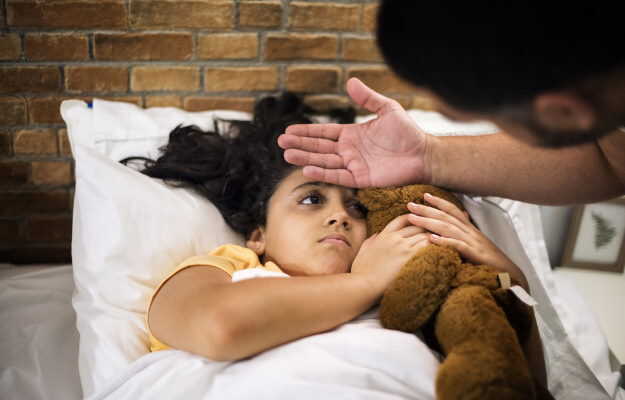Congo fever, also known as Crimean-Congo hemorrhagic fever (CCHF), is caused by the Nairovirus infection. CCHF is a communicable disease that spreads through tick bites, as well as contact with infected people and livestock. Animal hosts usually remain subclinical - that is, without any apparent symptoms.
Niarovirus belongs to the family Bunyaviridae. It usually spreads through the bite of Hyalomma ticks - these ticks act as a reservoir (they provide a favourable home to the virus) and vector (they transmit the infection from one person or animal to another) for Congo fever. Other than ticks, cattle also play a key role in the spread of the disease among humans.
Congo fever causes severe hemorrhagic fever. Due to easy transmission, lack of definitive treatment or vaccines and high mortality rate (10-40%), the World Health Organization (WHO) has classified CCHF virus a high-priority pathogen.



































